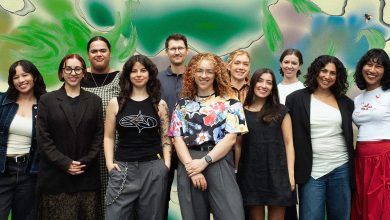CALIFORNIA, USA — Computer software company Adobe and global communications group Havas have announced an expanded partnership, transforming the agency’s end-to-end content workflows and paving the way for a smarter and more responsible content supply chain. The collaboration will enable all Havas agencies to leverage Adobe generative AI, and more efficiently deliver unparalleled personalized customer experiences.
Havas agencies will adopt Adobe GenStudio, Adobe’s breakthrough enterprise content supply chain solution that brings together best-in-class applications across Adobe Creative Cloud, Express, and Experience Cloud. The integration will enable agencies to accelerate the content process from ideation to delivery, while also giving them direct access to Adobe Firefly, Adobe’s family of creative generative AI models, so they can generate content that is designed to be safe for commercial use.
Using Adobe GenStudio, Havas agencies will be able to choose which content creation techniques and practices they employ, as well as how they prefer to leverage generative AI when activating new and variant content. They will also gain access to audience-specific data insights, enabling impact-based content optimization, and Adobe GenStudio’s seamless collaboration features, which empower cross-functional teams to create, edit, and deliver customer experiences in real-time.
On the heels of the recent launch of Prose on Pixels, Havas’ global content at scale network, this collaboration reaffirms Havas’ commitment to driving transformative change in the content production field. It will also help Havas agencies keep up with growing demands for real-time personalized content without compromising quality or brand consistency while reducing waste.
“In today’s rapidly evolving digital world, where the boundaries between creativity, technology and communication are constantly shifting, it is imperative to be at the forefront of innovation,” said Yannick Bolloré, Chairman and Global CEO of Havas and Chairman of Vivendi. “This partnership will enable us to harness the latest technologies, combining the strength of Adobe’s cutting-edge software with the deep well of Havas’ brand expertise to create a ‘meaningful AI’ that not only meets but exceeds the expectations of our clients.”
“The digital world runs on Adobe products, and Havas is a strategic partner, delivering stand-out digital work for brands that are household names around the world,” said Anil Chakravarthy, President of Digital Experience at Adobe. “We’re excited to see how Havas redefines content creation and innovates with our solutions to embed sustainability and generative AI with Firefly into their content supply chain.”







